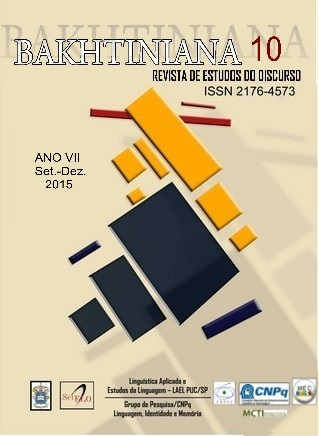Por uma nova ética audiodescritiva: a recriação como procedimento
Palavras-chave:
Audiodescrição, Ética tradutória, Diagramas sonoros, PoéticaResumo
A audiodescrição (AD) consiste em fornecer a pessoas com cegueira e baixa visão a tradução sonora de processos comunicativos visuais e audiovisuais, como programas de TV, obras de artes plásticas ou ópera. Esta atividade se formalizou na década de 1980, nos Estados Unidos, a partir do modelo “descreva o que você vê”. Tal proposição, o audiodescritor, empunhando a controversa bandeira da “objetividade”, oferece leitura supostamente isenta - e em certa medida protocolar - sobre aquilo que observa. A escola americana prosperou e se disseminou pelo mundo, tornando-se o padrão da AD realizada, inclusive, no Brasil. Recuperando, contudo, a melhor tradição tupiniquim da “transcriação” ou “recriação”, defendida pelos poetas concretos, lançaremos, ao menos para as artes visuais, outra proposta metodológica/experimental: o uso de diagramas poéticos sonoros para a realização da AD, compreendida como tradução intersemiótica. Acredita-se que a camada sensível, tão cara às artes, é muitas vezes perdida no tecnicismo da AD normatizada, e que construções diagramáticas talvez possam recuperar esta dimensão através de signos sonoros inteligíveis mas, sobretudo, sensuais. Há, conforme explicamos, certa articulação estética, ética e semiótica que referenda a proposta aqui apresentada.








